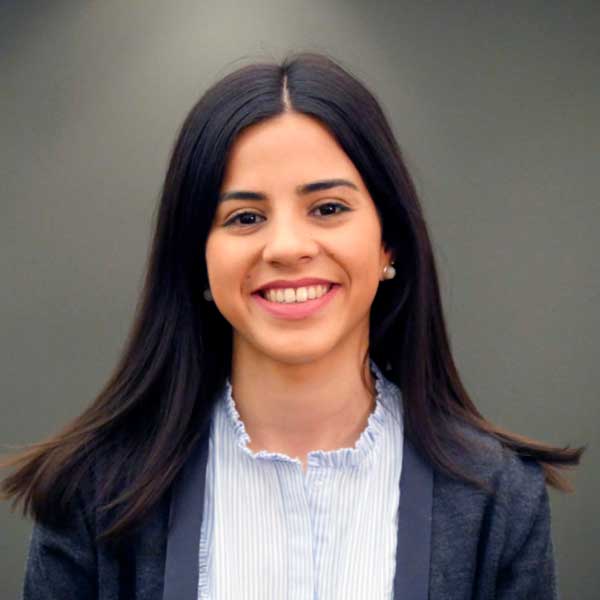ISD PhD student Ilka Rodriguez-Calero leverages design approaches to come up with ways to improve health, quality of life, and well-being.
“Growing up, I was creative and inquisitive,” said Rodriguez-Calero, now a Ph.D. student in U-M’s Design Science program in Integrative Systems + Design. “I spent a lot of my childhood tinkering, crafting, and coming up with new stories, poems, or ideas.”
Those explorations eventually led her to pursue formal training in dance, where she developed a deep sensibility towards people and the communities she belonged to. “I didn’t always see how this sensibility I developed through participating in the dance world would help me be a “good” engineer, but I eventually connected the dots. I realized that engineering work can greatly benefit from empathy, vulnerability, care, and compassion, and this idea is central to the vision I have for my work.”
Solving Problems
Rodriguez-Calero pursued a Bachelor of Science in Mechanical Engineering from the University of Puerto Rico at Mayagüez, Puerto Rico’s centennial public university campus in the west side of the island.
“I was interested in solving problems that had an impact on health, education, and quality of life,” she said. “I thought I wanted to do that through mechanical design engineering and use my skills to give back to my communities. But as I explored that career direction, it felt somewhat disconnected to what had brought me to engineering in the first place, which was engaging deeply and meaningfully with people outside of my teams, their lives, and their experiences. That worked for other people, but it wasn’t quite working for me.”
During her last year of undergraduate studies, she enrolled in a human-centered design course that became a year-long capstone design project. Along with an interdisciplinary undergraduate research assistantship in industrial engineering, these two experiences encouraged Ilka to continue exploring this newly found direction in design through a doctoral degree.
Investigating Design Methods
At U-M, she was a Bridge to Doctorate fellowship recipient, earning a Master of Science degree in Design Science. Ilka is also a Rackham Merit Fellow and Ph.D. candidate in Design Science. She is a member of the Sienko Research Group and the Daly Design and Engineering Education Research Group, where she has co-authored several publications in peer-reviewed journals and academic conferences.
Along with a team of University of Michigan researchers, including her co-advisors and collaborators, her work investigates prototyping methods during the earliest phases of engineering design processes to engage with stakeholders. “We wanted to study design practitioners’ strategies because back when we started this work, there were mainly high-level best practices in the literature.” She said “For example, things like “use prototypes to learn” or “gather feedback with prototypes” were not very detailed, specific, or teachable. So we were interested in the specifics, both the “how” and “why” behind practitioners’ strategies when designing with diverse groups of people.” Rodriguez-Calero commented that by better understanding practitioners’ methods during early design work, this research can shed light on what goes into defining user needs surrounding real world problems, considering important input from people who are close to the impact of a design.
At U-M, she has also been a part of various other projects and activities.
She has been a facilitator at the Center for Socially Engaged Design (C-SED) at U-M during her time as a doctoral student. At C-SED, she has worked with students, faculty, and staff to expand knowledge and apply socially engaged design. She has also served on several committees and initiatives, including ComSciCon Michigan (2021), U-M’s College of Engineering’s Diversity, Equity, & Inclusion Student Advisory Board (2020-2021), and U-M’s Innovation in Action (2019) competition.
Creating Balance
Rodriguez-Calero sees a future using design and design methodology as tools to create balance. She mentioned “I am very aware of the fact that what we design matters, and not only that, but also who gets to design, how, and for whose benefit. There are many people working towards broader visions of design than what it has historically been like. I want to be able to keep learning so I can contribute in this particular way.”
